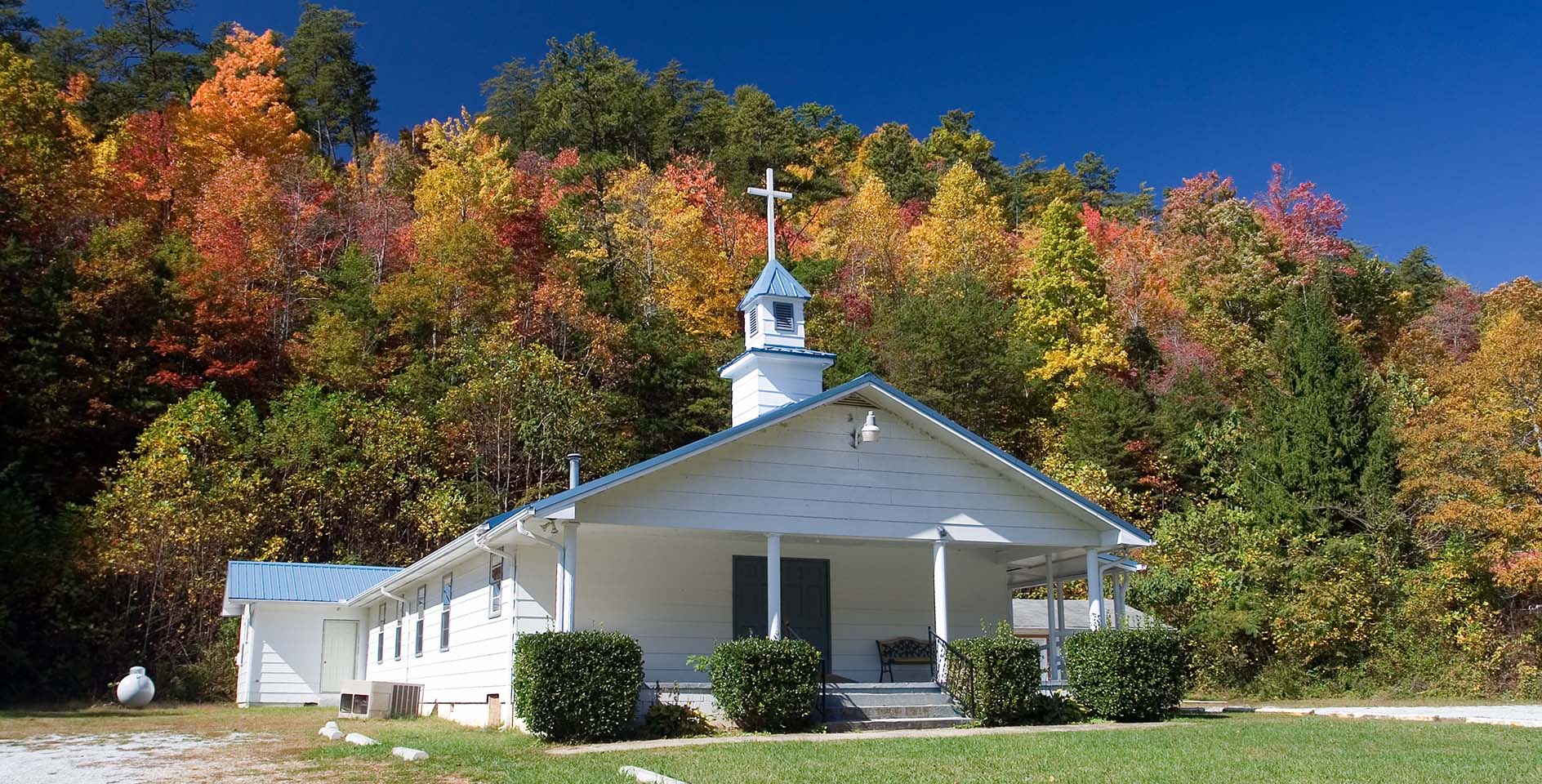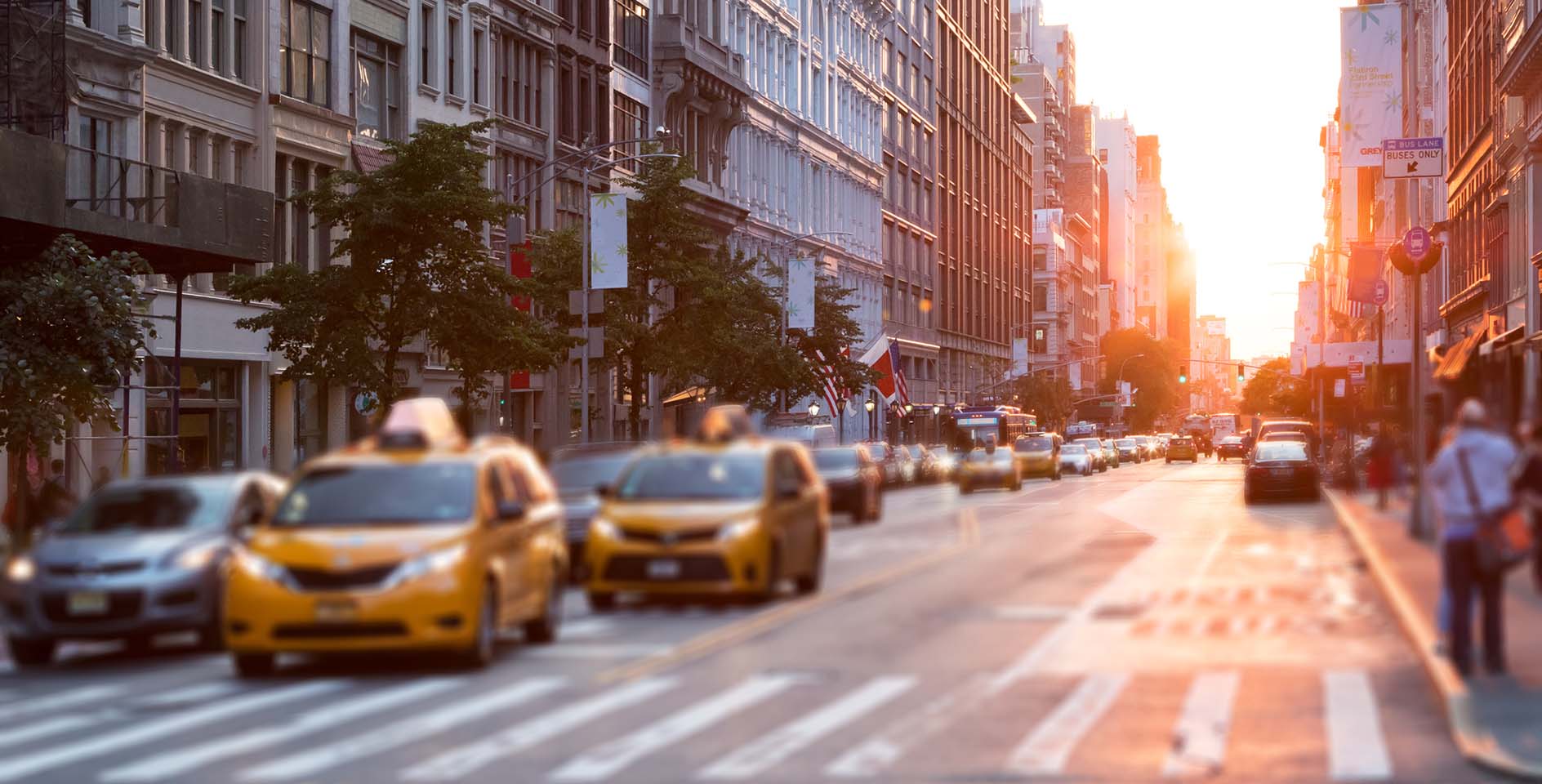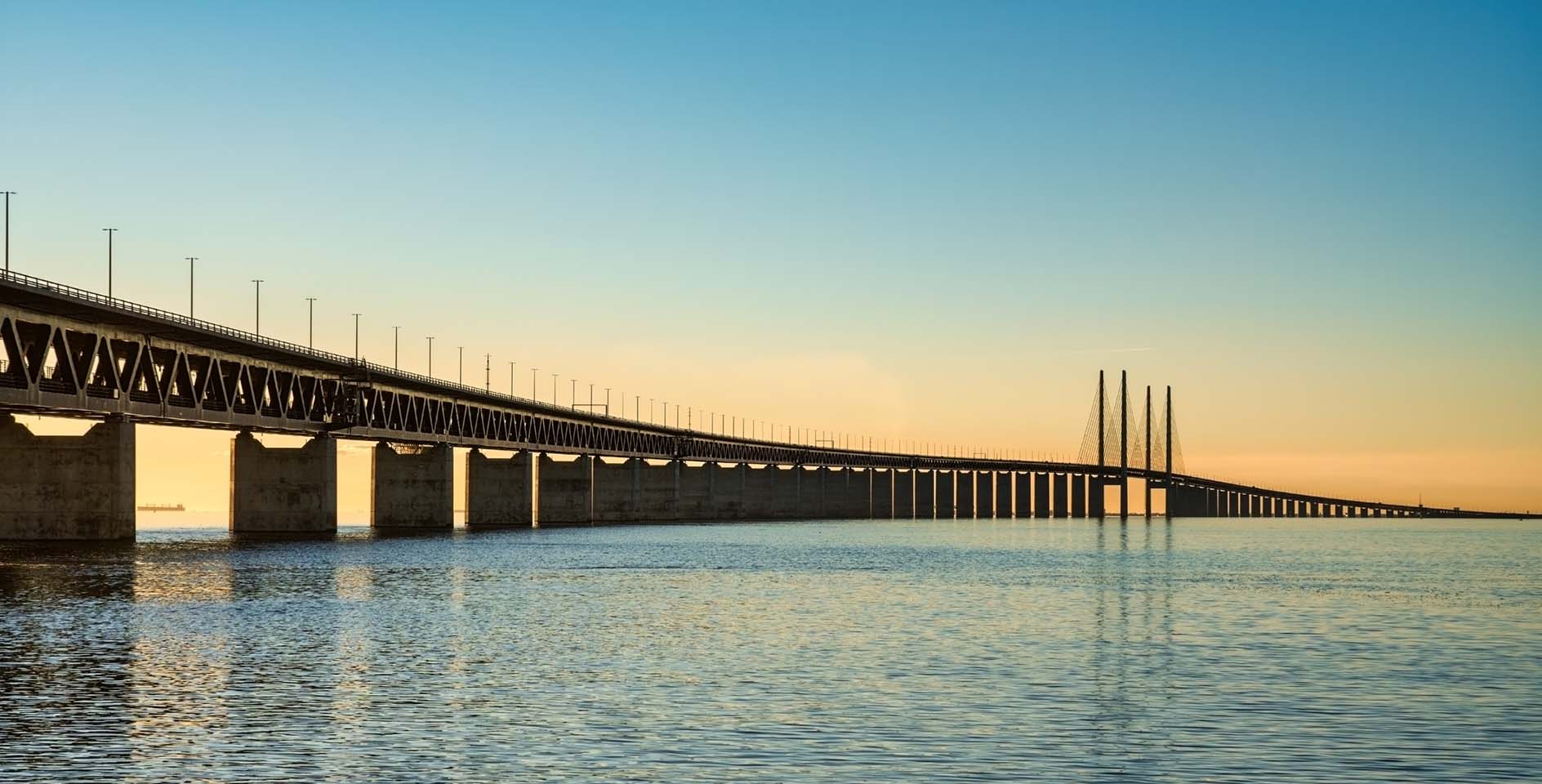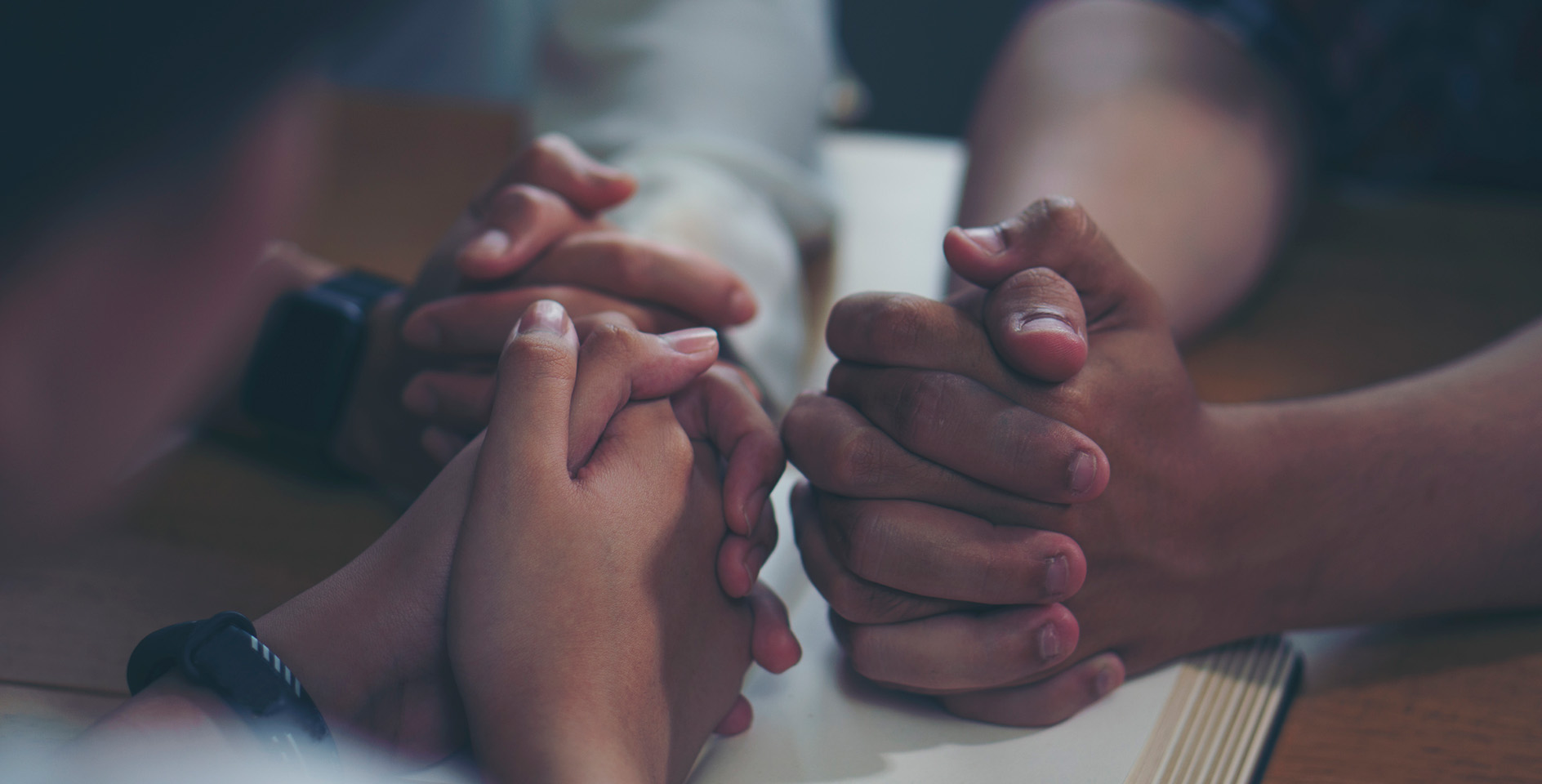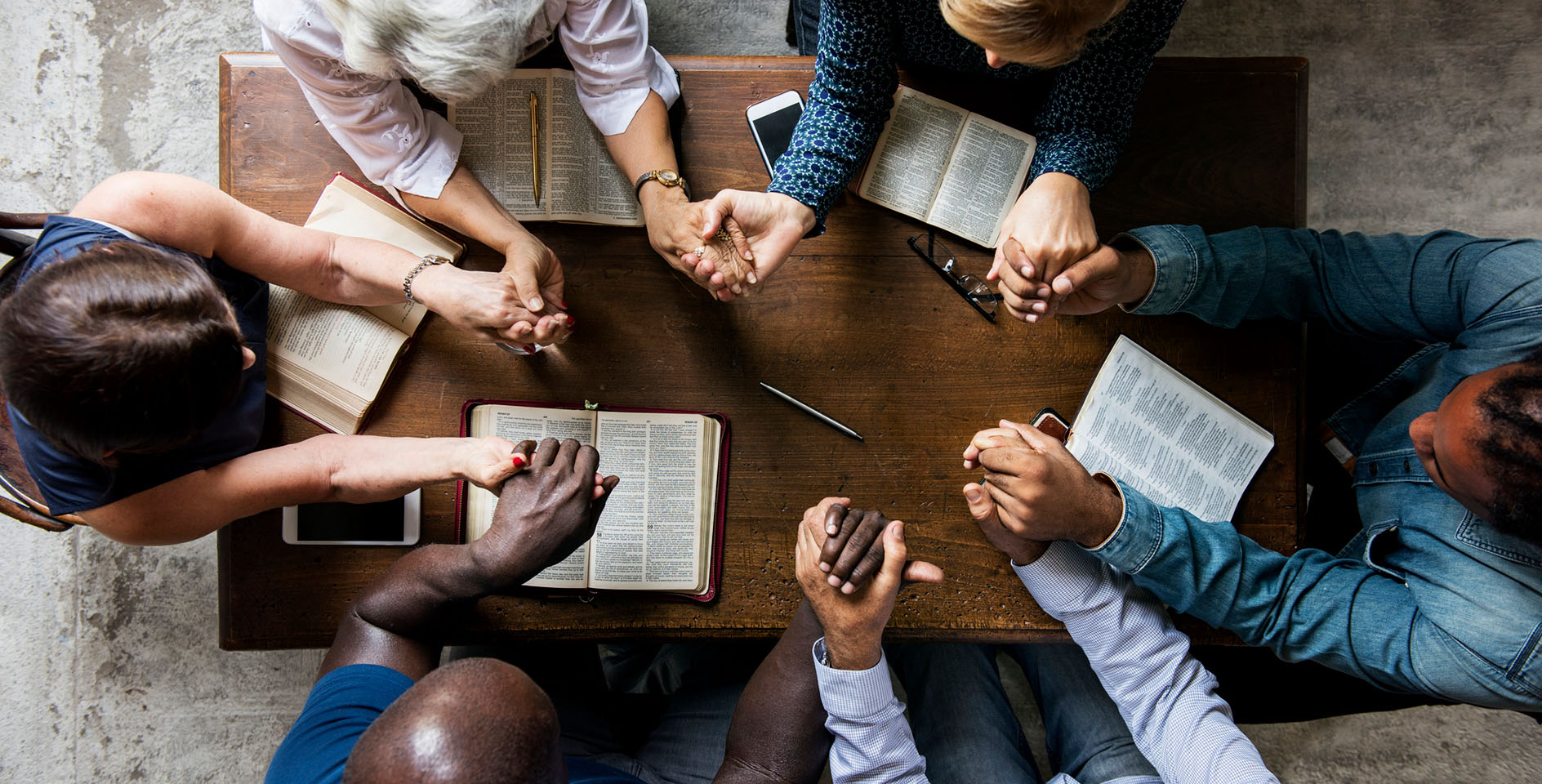At the annual convention in 2015, the SBC adopted a resolution on racial reconciliation that, in part, urged “churches to demonstrate their heart for racial reconciliation by seeking to increase racial and ethnic diversity in church staff roles, leadership positions, and church membership.”
Increasing racial diversity is not the end goal, of course, and will not automatically lead to reconciliation. Yet it can be a useful metric to determine whether reconciliation is being attempted within our churches and throughout the denomination. Ideally, individual SBC churches that are living out the gospel would be attractive to people of all races and ethnicities. If a lopsided racial imbalance is occuring, it might signal that there is a divide along other lines, such as cultural or political, that should not separate the people of God.
How is the SBC faring in its goal to be more racially diverse?
To find the answer we can look to the Great Commission Relations and Mobilization (GCRM) Ethnic Research Network, which tracks the state of ethnicity and race in the SBC. The network is a research initiative and a shared data collaboration of Southern Baptist Research Fellowship (SBRF) and SBC entities, such as the ERLC. Through statistical and analytical research, GCRM Ethnic Research Network “tells the story of SBC diversity as well as our collaborative and cooperative effort of sharing the Gospel in every city, town, neighborhood, and community in fulfilling the Great Commission.”
Diversity by the numbers
Currently, the SBC Annual Church Profile documents that there are 50,696 congregations and 14,089,947 people in the SBC. The network tracks the state of ethnicity and race within those congregations.
As of 2020, there are 39,408 congregations that are predominantly White Anglo, 3,895 that are African American, 3,361 that are predominantly Hispanic, 1,501 predominantly other ethnicities, and 422 that are predominantly Native American. Since 2010, there has been a 33.2% increase among congregations of other ethnicities, a 20.7% increase among Asian American congregations, 10.2% increase among African American congregations. During that time there was a 3.3% decrease among White Anglo congregations and a 3.0% decrease among Native American congregations.
- The states with the most African American congregations are Texas (1,168), California (455), and Georgia (239).
- The states with the most Asian American congregations are California (445), Texas (313), North Carolina (125), and Georgia (119).
- The states with the most Hispanic congregations are Texas (1,353), California (376), and Florida (317).
- The states with the most Native American congregations are Oklahoma (185), North Carolina (78), and Arizona (26).
- The states with the most other ethnic congregations are Florida (465), Texas (250), California (105), and North Carolina (98).
- The states with the most White Anglo congregations are Texas (4,685), North Carolina (3,739), Alabama (3,090), and Georgia (3,019).
Within those congregations, 12,642,060 individuals are White Anglo, 880,108 are African American, 223,351 are Hispanic, 173,773 are Asian American, 136,750 are other ethnicities, and 33,590 are Native American. Since 2010, there has been a 23.8% increase among other ethnicities, a 12.1% increase among Asian Americans, and an 8.6% increase among Hispanics. During that time there was a 16.1% decrease among Native Americans, a 14.1% decrease among White Anglos, and a 2.1% decrease among African Americans.
Encouraging signs of growth
Almost 1-in-4 (22.3%) Southern Baptist congregations are non-Anglo or ethnic minority congregations. In contrast, in 1990 only 8.4% of SBC congregations were non-Anglo or ethnic minority congregations. African American congregations saw the largest growth of 289.3% from 1990- 2018, while the Anglo group saw the smallest growth of 11.4%. From 1995-2000, the African American group grew by 482 congregations, and, from 2000-2005, this group grew by an additional 833 congregations.
As for church membership, from 1990-2019 ethnic minority groups increased by over one million (1,021,658). From 2000-2010, the most growth experienced among SBC membership
was among African American, Asian American, and Hispanics, with Asian American membership growing by 270.7%.
With 22.3% of our Southern Baptist congregations being non-Anglo and many worshiping in multiple languages across America, the Southern Baptist Convention may be the most multiethnic and multilingual denomination in the United States. While the SBC still has a long way to go in its pursuit of racial reconciliation, we are moving in the right direction toward the first step of having a diverse convention of believers unified around a common goal to fulfill the Great Commission.



